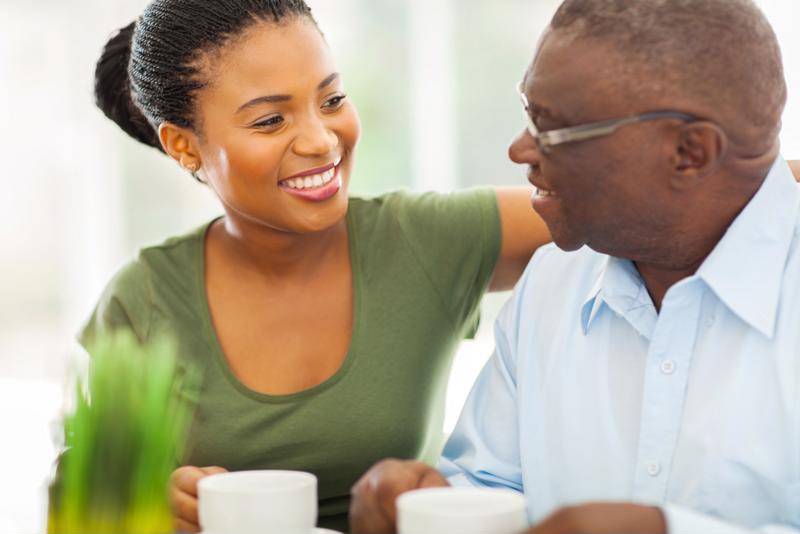
Making your house accessible for seniors will reduce the risk of slip-and-falls.
While retirement and elderly care facilities have their benefits when it comes to safety, some people simply don't want to leave the comfort of their own home. However, if you are housing a parent or grandparent, or are an elder wanting to continue to live at home, you may have to "seniorize" your house.
Without taking action to improve your home safety for seniors, there could be serious consequences for yourself or your loved ones. According to My Senior Source, there are roughly 7,000 elderly deaths each year because of home-related accidents. Additionally, there are millions of reports of injuries from these same at-home accidents each year.
This means that you have to prep your home to be as safe as possible. Here are a five ways you can improve your home safety to fit a senior's needs:
1. Clean up your home
One of the biggest problems seniors have with age is balance, and a lot of accidents can happen when elderly people go to grab something for support and fall. Boxes, extra furniture and things lying around on tables can actually be hazardous when people try to grasp an object for balance.
Try to clean out your home and remove any throw rugs, excess clutter or any piles of things in your home. A clean home is a safe home.
 Adjusting your home to work with your senior's needs starts with a clean house.
Adjusting your home to work with your senior's needs starts with a clean house.2. Add grips and balance railings
Slips and falls are among the most common injuries for elderly people while living at home. To ensure seniors can get around your home, you need to add balancing bars in extra-slippery or mobility-challenged areas of your home such as the stairs, the bathroom and sometimes in the kitchen.
You should also know how the elderly person enters and exits the shower or moves around the toilet and sink, so you can provide optimal grips. Also, if you plan to install any of the bars yourself, you need to confirm they are connected to wall studs so they have the most stability and strength to take on the weight.
3. Ensure phones can be within reach
In case of an emergency, you want people to be able to reach the phone as quickly as possible. To do this, try installing a few more home telephones around the house. If they have a mobile phone, be sure emergency numbers are entered and easily accessible.
Additionally, you can install a USB wall receptacle near areas they plan to spend the most time and teach them how to operate it. This will allow them to keep their phone charged more frequently. Easy plug-in USB receptacles also charge much faster than with regular USB-to-AC adapters.
4. Make household items more accessible
To reduce the risk of an injury, make sure your household products are all within reach. Placing them on the bottom shelves or on counters allows elders to grab medications, food items or cleaning supplies more easily.
"The less someone has to reach for an item, the safer your home will be."
If anything requires a step stool in your home, ensure it has sturdy enough hand rails to prevent any falls. The less someone has to reach for an item, the safer your home will be.
5. Provide plenty of light
A lot of elders succumb to vision problems, which can be mitigated by adding more light. Using Jasco's GE LED Night Lights around the house can help direct everyone during the night. Also, there are GE LED Touch Lights that can go in closets, around the kitchen or near the bed. This will allow your loved one to turn off the light without having to get back up or move through the dark.
There are plenty of remote lighting options to help seniors get around the house more easily and safely.
See why millions choose GE branded products for their home and mobile needs.

